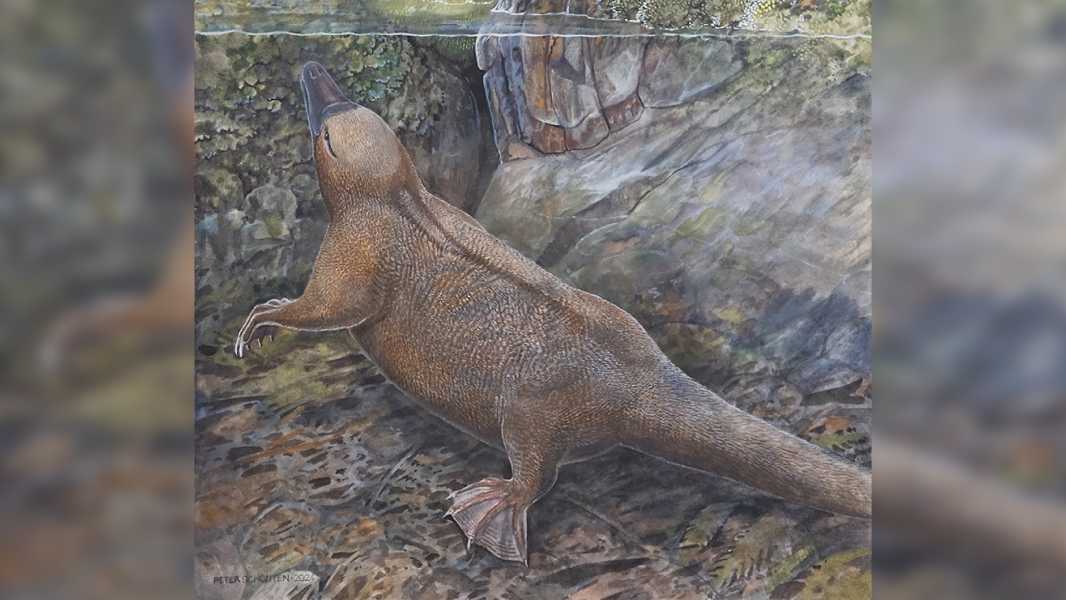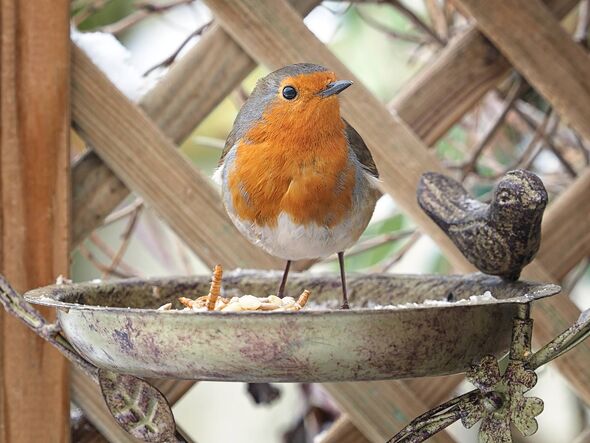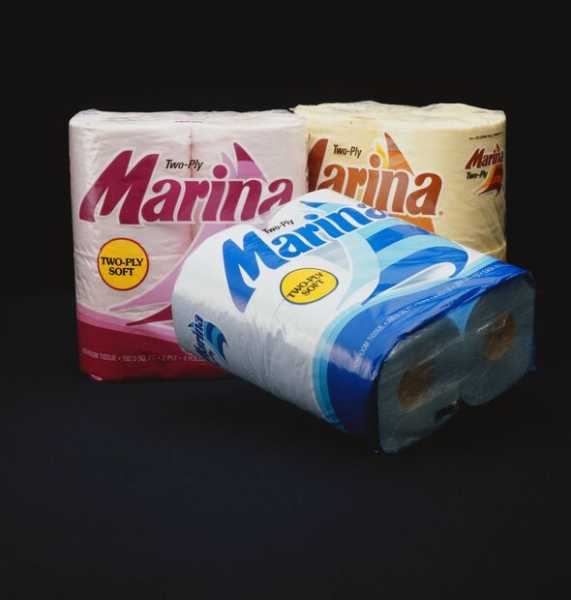
Scientists have discovered that echidnas may have evolved from an aquatic ancestor in an unusual evolutionary event. (Photo by Kristian Bell/Getty Images)
Some of the most unusual mammals on Earth just got even more mysterious. Echidnas – the spiky, beaked, egg-laying mammals that probe the undergrowth of Australian forests – likely have an aquatic ancestor, a new study suggests.
Researchers say the discovery changes scientists' understanding of the origins of these strange mammals and represents a rare evolutionary process.
“There are only a few mammals that have made the transition from living on land to living in water, but cases where an animal returns to land are extremely rare,” Sue Hand, a vertebrate paleontologist at the University of New South Wales in Australia, told Live Science.
There are currently four species of echidnas, sometimes called spiny anteaters, all belonging to the family Tachyglossidae. Three of these species are found exclusively in New Guinea, while the fourth is found there and is widespread in Australia.
Previously, researchers believed that echidnas and their semi-aquatic relative, the platypus (Ornithorhynchus anatinus), evolved from a land animal, with the platypus' ancestors then adapting to aquatic environments. Both animals are monotremes, the only living mammals that lay eggs rather than give birth to live young.
To better understand echidna evolution, Hand and her colleagues reanalyzed the humerus (upper forelimb bone) of the extinct monotreme Kryoryctes cadburyi, which lived in southern Victoria, Australia, 108 million years ago during the Cretaceous Period. The researchers believe the species may have been an ancestor or close relative of both modern platypuses and echidnas.

An artist's rendering of Kryoryctes at Dinosaur Cove in Victoria, Australia.
Whether K. cadburyi lived exclusively on land is still debated. Previous analysis of a bone found at a site known as Dinosaur Cove in the early 2000s showed it had similarities to bones found in echidnas.
While studying the surfaces of bones can reveal clues about the relationship of animals, what lies inside the bone can provide information about their lifestyle. So the team used micro-CT scanning to examine the internal microstructure of the bone.
“Modern platypuses have distinctive bones,” Hand said. “They have very thick bone walls, whereas echidnas are almost the opposite, with fairly thin walls. So we were interested in finding out what their common ancestor might have looked like.”
Sourse: www.livescience.com





